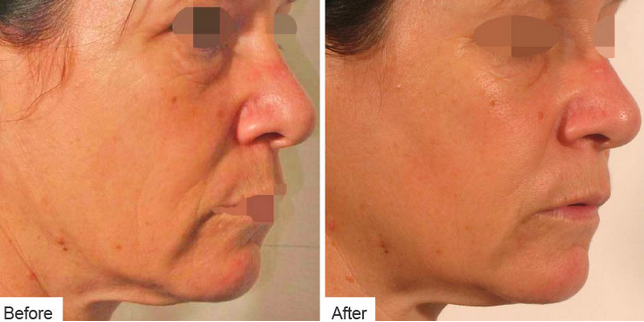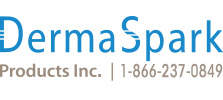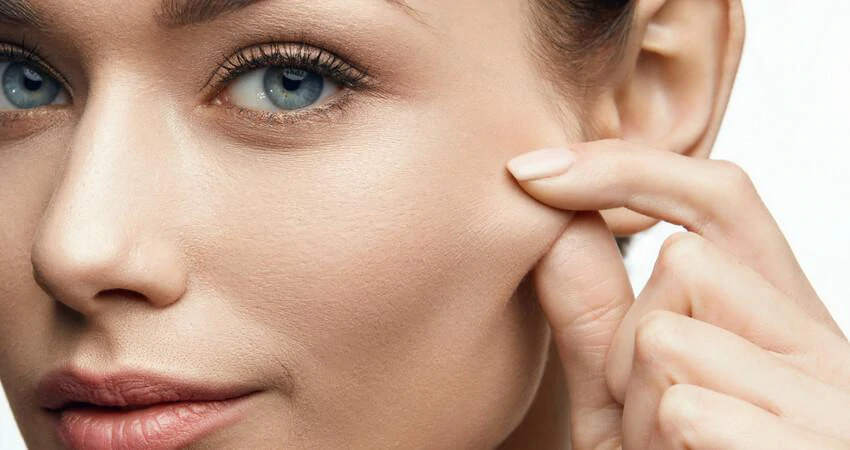If you’ve ever browsed the shelves of your local beauty store, you have probably seen the world elastin slapped across multiple product labels. As the name suggests, elastin is a very stretchy, and -you guessed it- elastic protein in the skin. More specifically, it is a key protein in the extracellular matrix (ECM). It is responsible primarily for the elasticity of the skin. In fact, it is approximately 1000x more flexible than collagen. So, while collagen is responsible for the rigidity of the skin, elastin is what makes the skin bouncy, flexible, and taut.
As we age, both collagen and elastin production begins to decrease. Visible signs of aging such as sagging, fine lines, and wrinkles begin to appear as the production of these proteins decreases. The term for loss of skin elasticity is elastosis. While we cannot stop the hands of time, there are certainly both preventative and reactive factors we can take. These can boost elastin production, and prevent the loss of it in the first place.
Prevention of Elastosis
Sun exposure: you’ve definitely heard this one before- protect your skin from harmful UV rays! Studies have shown that areas of the skin that are protected from the sun through the use of sunscreen or clothing retain elastin and collagen significantly better than the exposed areas.
Smoking: the physical act of smoking leads to what is known as the “smokers pucker”; the vertical lines seen on the upper lip. Smoking also decreases the oxygen and blood flow to the skin due to the thinning of blood vessels. These factors are proven to reduce elastin and collagen production.
Diet: a balanced diet is of course beneficial in so many aspects of our health. The same goes for the maintenance of elastin. Foods high in Vitamin C, protein, essential fatty acids, and carotenoid foods (ie., leafy greens), can support tissue health to maintain healthy skin and higher elastin and collagen levels.
Restoring Elastin Loss
Topical treatments have proven to be effective, though minimally, at restoring elastosis. These include hyaluronic acid serums, retinol/retinoids, and dexpanthenol cream. However, more effective methods to stimulate elastin production are through non-invasive cosmetic procedures. Radiofrequency technologies such as Tripollar, heat the dermis but leave the top layer of the skin, the epidermis, untouched. This effectively causes collagen fibers to contract and stimulate the production of collagen, elastin, and hyaluronic acid. Other treatments such as the Trifractional Radiofrequency First Resurfacing emits brief pulses of electrical currents through cone-shaped electrodes. These slide into the epidermis to form microscopic spots. This creates micro-wounds that trigger the body’s natural wound-healing mechanism, and stimulates collagen and elastin production.

Pollogen in-house collection, Tel Aviv, Israel


